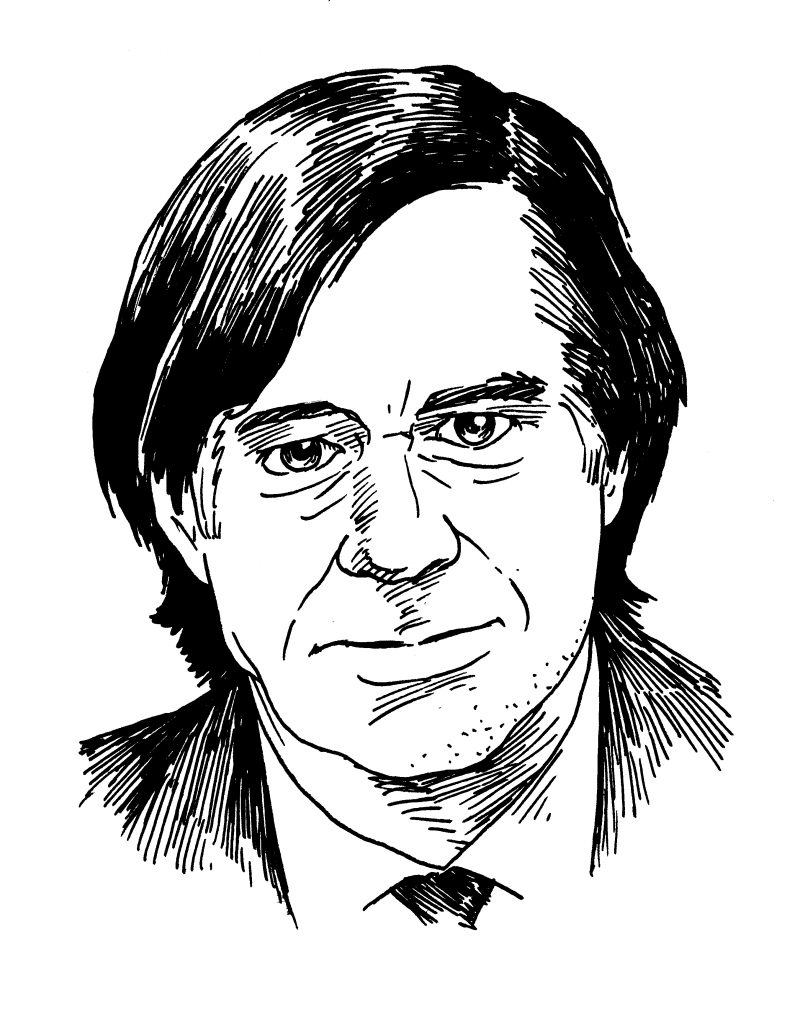Gus Van Sant’s twelve feature-length films are multicolored magnifiers of disquiet, loveable investigations into death. His twenty-three-year career, which also includes a novel, music videos, a book of photography, a couple of CDs, and a slew of short films, falls into roughly three periods:
The early features—Drugstore Cowboy, My Own Private Idaho, and the recently rereleased Mala Noche—are gritty, lyrical portraits of small-time junkies and vagrants, heading for futile, youthful deaths.
The mid ’90s brought a string of more commercial films—Even Cowgirls Get the Blues, Good Will Hunting, To Die For, and the shot-for-shot remake of Psycho. Made with bigger budgets and name-brand actors, they, in turn, led to Oscars and name recognition. In that period he tried his hand at writing a novel, Pink, often thought of as an exploration of the death of River Phoenix.
Then came Gerry, a film of long, real-time takes, marking Van Sant’s return, with extraordinary force and clarity, to the subject of mortality. Matt Damon and Casey Affleck wander for a hundred minutes through the desert, in brute desolation, barely talking, before one dies. Here, the mundane and silent become metaphysical. Everyday details reconstruct the moments leading up to death, an exploration Van Sant continues in his most recent films, Elephant, Last Days, and now Paranoid Park, a set of elegies of extraordinary compassion.
On the occasion of this interview, Van Sant was attending the North American premiere of Paranoid Park at the Toronto International Film Festival. Compact and orderly, he appeared promptly for the interview at the Four Seasons Hotel Café, where he discussed his career and ate Belgian waffles.
—Alexandra Rockingham
I. FRANK’S THE GUY TO TALK TO
THE BELIEVER: You went through a very interesting period in the late ’90s. You made two commercial projects, Good Will Hunting and Finding Forrester. You wrote a novel. And you remade Psycho shot for shot. To copy a film shot for shot, it seems to me an artist must either be having us all on, or be in a very dire place, or maybe both. But it really seems you were trying to get back to some understanding of the fundamental language of your medium. Is that in any way how you feel about that period now?
GUS VAN SANT: Sometimes I see a script and I just like it for one reason or another. Sometimes I’m doing things partially because I haven’t done them. When it came to Good Will Hunting, I guess I just...
You have reached your article limit
Sign up for a digital subscription and continue reading all new issues, plus our entire archives, for just $1.50/month.
Already a subscriber? Sign in





